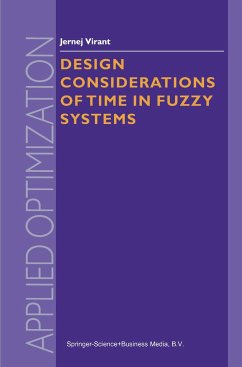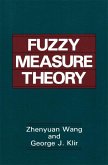Fuzzy theory is an interesting name for a method that has been highly effective in a wide variety of significant, real-world applications. A few examples make this readily apparent. As the result of a faulty design the method of computer-programmed trading, the biggest stock market crash in history was triggered by a small fraction of a percent change in the interest rate in a Western European country. A fuzzy theory ap proach would have weighed a number of relevant variables and the ranges of values for each of these variables. Another example, which is rather simple but pervasive, is that of an electronic thermostat that turns on heat or air conditioning at a specific temperature setting. In fact, actual comfort level involves other variables such as humidity and the location of the sun with respect to windows in a home, among others. Because of its great applied significance, fuzzy theory has generated widespread activity internationally. In fact, institutions devoted to research in this area have come into being. As the above examples suggest, Fuzzy Systems Theory is of fundamen tal importance for the analysis and design of a wide variety of dynamic systems. This clearly manifests the fundamental importance of time con siderations in the Fuzzy Systems design approach in dynamic systems. This textbook by Prof. Dr. Jernej Virant provides what is evidently a uniquely significant and comprehensive treatment of this subject on the international scene.
Bitte wählen Sie Ihr Anliegen aus.
Rechnungen
Retourenschein anfordern
Bestellstatus
Storno








